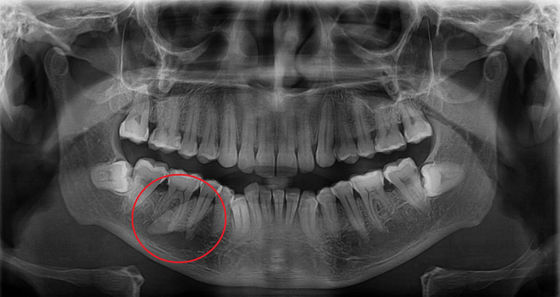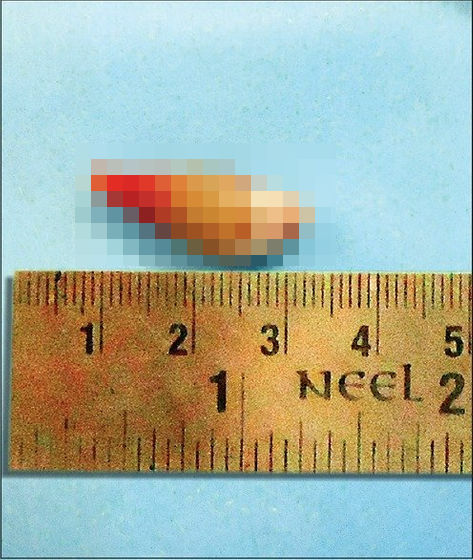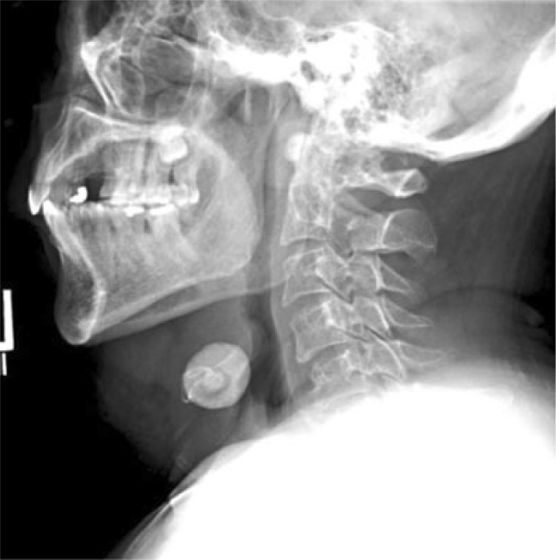Stones of the same size as teeth can be found on male gums

X-ray examination of men Oral cavity A huge shadow of the same size as the teeth was found. This shadow was initially thought to be
Giant sialolith mimicking an impacted tooth | BMJ Case Reports
https://casereports.bmj.com/content/13/2/e233434
Giant Salivary Stone Growing in Man's Mouth Was So Big It Was Mistaken For a Tooth
https://www.sciencealert.com/this-patient-grew-a-salivary-stone-so-giant-dentists-thought-it-was-an-intrusive-molar
The patient, a 37-year-old man, visited a local private hospital for intermittent pain in his right lower jaw. The affected area was swollen and the pain was so low that palpation was refused, and the mouth could only be opened about 1.5 cm. In response, the dentist at the private hospital buried the cause of the pain in the chin Impacted tooth Diagnosis is due to. I wrote a letter of introduction to a hospital where surgery is possible.
A male had an oral x-ray at the hospital and found a shadow the same size as the teeth. Below are the X-rays in question. An oval shadow is shown on the lower right jaw (lower left in the image) of a man. The actual size of this shadow is about 2cm.

Hospital doctors initially thought the shadow was wisdom, but performed an
Although not discovered this time, the salivary stone has the following appearance. The following image is mosaiced on the thumbnail because it has blood immediately after extraction, but you can see the image without mosaic by clicking.

Salivary stones are stones that form inside the
Most of the salivary stones are less than 1 cm, but there are cases where salivary stones as large as 3.5 cm were reported in Turkey in 2015. In 2008, a case reported by the University of California, Davis Hospital was a 2.6 cm diameter salivary stone buried under the chin as shown in the image below. The man in this case seems to have a constitution in which salivary stones are repeatedly formed at the same position. Salivary stones can usually be removed by surgery. Surgery has also removed salivary stones in 2008 and 2016 cases.


Salivary stones are found in about 1.2% of all adults every year, and are particularly common in men in their 40s, 50s and 60s. Once a salivary stone is found, the risk of recurrence is high , and specialists recommend that you have regular tests to confirm.
Related Posts:
in Science, Posted by darkhorse_log







